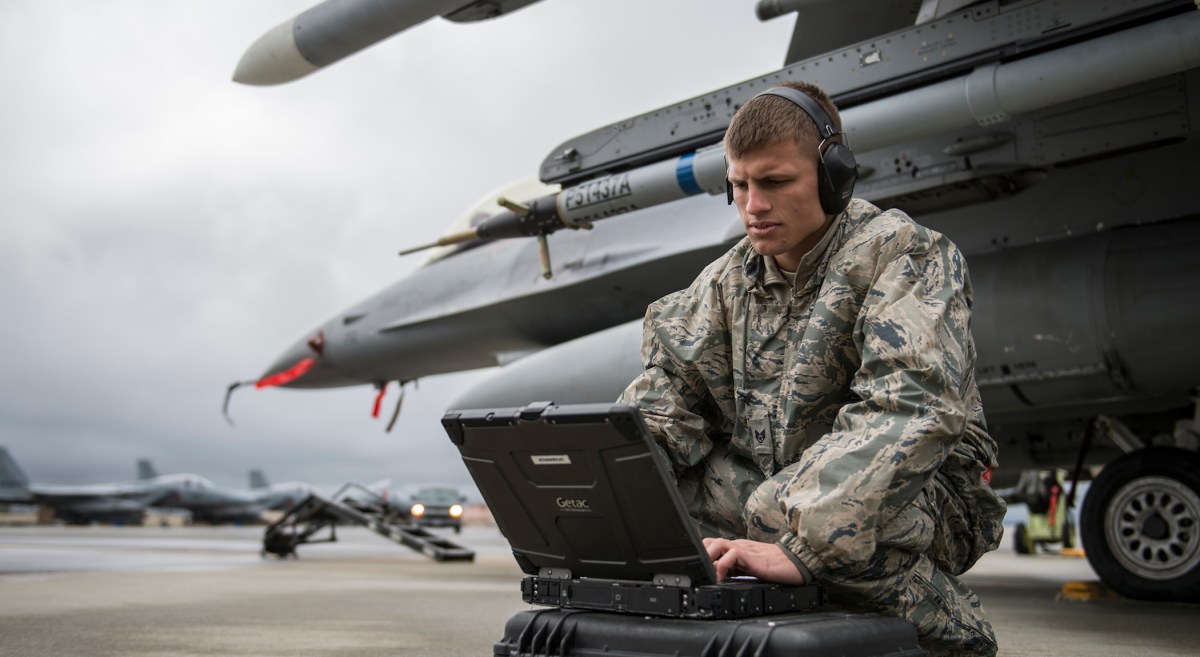DARPA’s AI fighter pilot gets more capabilities in latest tests

The artificial intelligence system the Defense Advanced Research Projects Agency (DARPA) is building to pilot fighter jets has added several new capabilities in recent tests.
The Air Combat Evolution (ACE) program made headlines in August when the AI system successfully defeated a human pilot in virtual dogfights 5-0. And now, in the system’s latest tests in February, DARPA added new weapons systems and multiple aircraft to the virtual battles, DARPA said in a March news release.
The trials put ACE on track for live, in-flight tests later in 2021.
“Adding more weapon options and multiple aircraft introduces a lot of the dynamics that we were unable to push and explore in the AlphaDogfight Trials,” Col. Dan “Animal” Javorsek, program manager at DARPA said about the initial trials in August. “These new engagements represent an important step in building trust in the algorithms since they allow us to assess how the AI agents handle clear avenue of fire restrictions set up to prevent fratricide. This is exceedingly important when operating with offensive weapons in a dynamic and confusing environment that includes a manned fighter and also affords the opportunity to increase the complexity and teaming associated with maneuvering two aircraft in relation to an adversary.”
One of the biggest increases in complexity during the testing came from adding a second aircraft for the AI system to try maneuver against. Whereas the initial tests were one-on-one dogfights, the latest rounds had two virtual F-16s matched against the AI system.
In that initial run, different companies designed different systems using machine learning to virtualize millions of dogfights for the AI to learn from. Heron Systems, a small defense contractor came out victorious.
Some criticized the initial tests as “AI theater,” meaning they bared little technological fruit but made for an interesting show. Dogfights are relatively simple tasks on the scale of what fighter pilots have to do in combat, and the AI system was only tested in a virtual environment.
“I appreciate that the DOD wants to show the world that it is on the cutting edge of AI deployment, but this simply is not it,” Missy Cummings, director of the Humans and Autonomy Laboratory at Duke University and former Navy pilot told FedScoop in August following the initial tests.
But the latest tests add new capabilities DARPA says will contribute to future systems. The agency also used the tests to ensure human trust in machines, an important topic the DOD is lacking in, according to a recent study.
“This enables us to see how much the pilot is checking on the autonomy by looking outside the window, and comparing that to how much time they spend on their battle management task,” Javorsek said.






